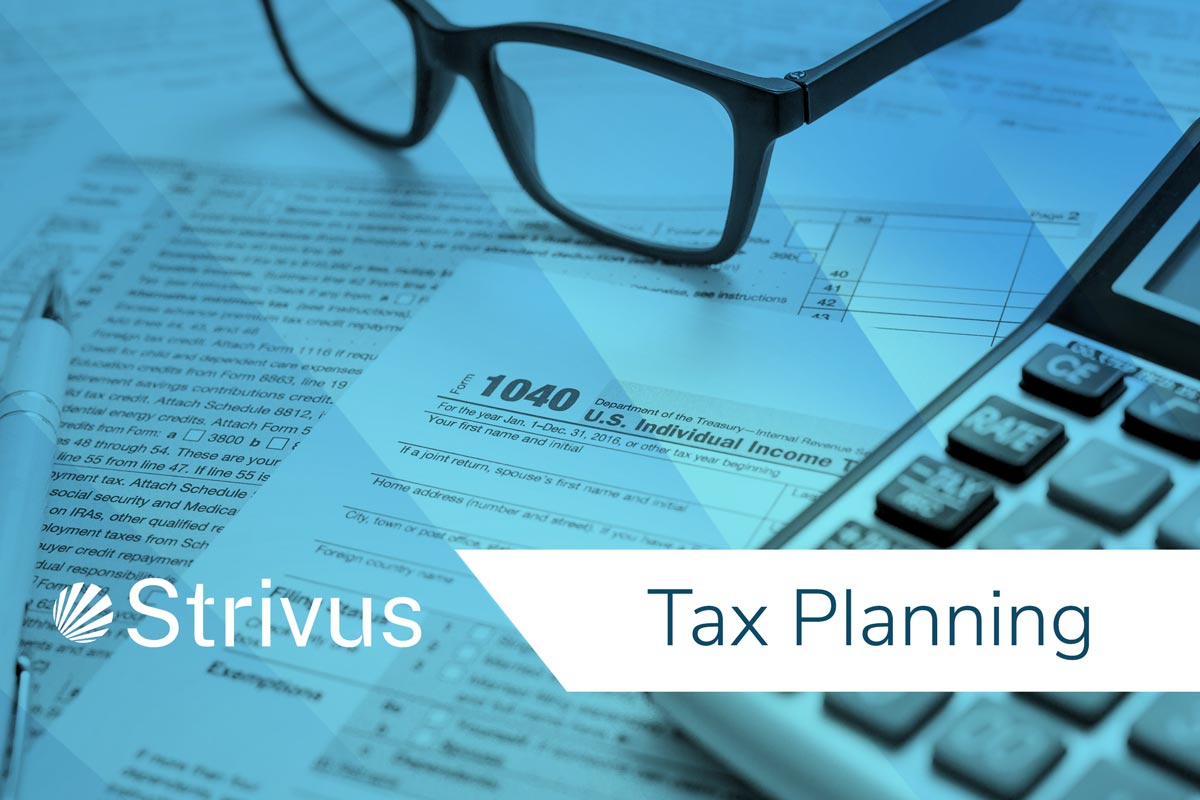Education

A Tale of Two Tax Plans for 2021

Elections have financial consequences is a variation on a theme we have heard many times in recent political rhetoric. Presidential election cycles generally present clear choices, and 2020 is certainly no exception. As individuals, which side we support depends on our own economic circumstances and political persuasions. While sometimes the choices may seem a bit cloudy, this year the contrast is startlingly clear.
While Biden’s individual and corporate tax plan is out in some detail, Trump’s overall plan contains only generalities so far. Yet, a clear choice is presented, due to the fundamental approach taken by the two proposals. The former plan increases taxes on people and corporations, and the latter reduces taxes for nearly everyone. Take a preliminary look at the differences.
For decades, taxing corporations has been indoctrinated into Americans’ minds, and codified into the U.S. Tax Code. Some of us believe that no corporation ever pays taxes, because their customers actually pay the tax through increased costs of products and/or services. That said, the current political argument is about higher or lower corporate taxes. Will higher rates cause corporations to move more jobs overseas, or will higher rates generate more government revenue at home? Biden favors higher rates for corporations and for some people; Trump stands for lower tax rates for corporations and for most people.
Biden’s proposal calls for raising individual rates on everyone making over $400,000 annually, “coincidently” the salary of the President. Trump wants lower rates for middle class earners, and possibly for those in the higher brackets as well. Hidden in Biden’s Plan is a provision from the Tax Cuts and Jobs Act of 2017 (TCJA). Under TCJA, current individual rates expire after 2025, after which personal tax rates will rise. Trump would freeze today’s individual rates past 2025, just as the corporate tax rates were made permanent in TCJA.
Also included in the Biden Plan are increases in the Payroll Tax and Capital Gains Tax for high earners, a reduction of the tax benefit from itemizing deductions, and a large increase in Corporate Tax rates. “Take-home pay” is estimated to decline for all income levels.
Biden’s plan is estimated to cost taxpayers $3.4 Trillion (12 zeros) over 10 years. This money would have to come out of the pockets of Americans and corporations. It is estimated to lower the Gross Domestic Product (GDP) of the country 0.4% by 2030, which is too far in the future to be accurate. Strangely, it is estimated to increase the GDP by 0.8% in 2050. Forecasting over ridiculous time periods is absurd, and appears to be 100% political. Most of us would like to know what the economic impact of either proposal would be in the short run, more than anything that may happen in decades.
An old adage says that, “figures lie, and liars figure.” In Washington, D.C., economic impact plans utilize static “scoring” (cost estimating) to project the costs and benefits of economic proposals. Unfortunately, the real world reacts in a dynamic fashion, meaning that people react differently to changes in their financial environment. This renders static scoring essentially useless. We prefer to look at past results, which are as illuminating as they are routinely ignored by politicians.
President John F. Kennedy knew that cutting tax rates would increase tax revenue, because economic activity increases dynamically. When Congress went along with his proposed tax cuts, Kennedy reiterated that, “lowering taxes was the surest path to full employment and lower deficits.” Kennedy was correct, and it worked every time it was tried.
I am willing to re-test that theory in 2021.
Van Wie Financial is fee-only. For a reason.
